 Born in Omaha, Nebraska in 1937 and raised in Oklahoma City, working artist Ed Ruscha (pronounced 'Rou-shāy') has experimented with a diverse range of media and styles throughout his career and is best known for his images depicting single words ostensibly suspended in space. His works have portrayed everything from gas stations, hordes of flies and boiling blood, to the scenery of downtown Los Angeles where he moved in 1956 and currently lives and works.
Born in Omaha, Nebraska in 1937 and raised in Oklahoma City, working artist Ed Ruscha (pronounced 'Rou-shāy') has experimented with a diverse range of media and styles throughout his career and is best known for his images depicting single words ostensibly suspended in space. His works have portrayed everything from gas stations, hordes of flies and boiling blood, to the scenery of downtown Los Angeles where he moved in 1956 and currently lives and works.
With the intention of becoming a commercial artist, Ruscha enrolled at Chouinard Art Institute, now Cal Arts. He worked as a printer's assistant where he set type by hand, pulled proofs and cleaned the presses and workshop. This experience of working with texts, of physically handling letters and arranging words, intrigued Ruscha.
In1969, after garnering some attention and fame for his Pop Art style and approach, Ruscha was invited to work at the Tamarind Lithography Workshop, which was established in L.A. in an attempt to resurrect the practice of fine art lithography. Ruscha embraced lithography as a means to explore recurring themes from his earlier original and serigraph works, exploring the artificial culture of Hollywood and the visual representations of words and language.
This particular exhibit of lithographs draws from his time in California as he worked with Tamarind. Single words and phrases, called his "liquid words," are placed against a solid backdrop or dull landscape. The words seems to float and lay flat simultaneously and the background is both stoic and infinite; both solid behind the word and expanding beyond it. This competition between the visual and the verbal makes perception and interpretation particularly engaging. Ruscha presents the word itself as an object.
The artist's interest in typography ultimately provided the primary subject of his paintings, prints and photographs. As a graphic artist, he felt confined by the rudimentary rules of fonts and lettering. He was able to break away from and solve his typographical angst by inventing his liquid words, seeing the words and phrases used in commercial art and advertising as able to collide with, and be integrated into, the world of pictures.
Ruscha's choice of words is a constant question for the audience as they view his works.
Why Anchovy in watery letters?

Why Air against a yellow background?

Why City?

Ruscha explains the words he chooses are all, "things that somehow personally affect me, that I find amusing, or ironic, or something."

The most famous pieces in the show are his series of lithographs of the Hollywood sign. Ruscha claims the sign, "...always had a surreal quality... It represents such a huge fantasy, and those giant letters make what is a very undistinguishable hill look magical (sic)." These monochromatic prints seem to downplay the glamour evoked by those huge white letters. The works are small. Their diminutive scale pulls the viewer in. The print above, "Hollywood in the Rain," is a colorless, drab rectangular blur from afar. The viewer has to get close to see the streaks across the print are meant to be rain.
Ruscha first used the sign as subject matter in 1967, and since then the image has reappeared in many of his works. The recurrence of those bold letters reinforces Ruscha's infatuation with celebrity culture and cinema as a whole. All the prints in the "Hollywood" series emphasize the horizontal, pointing to the panoramic proportions of the big-screen.
See "Hollywood With Observatory, 1969" below. The print is 6 ½ inches tall by 32 inches long.

A work that stands out in the show is "Sin, 1969." The three-dimensional words depicted in a trompe l'oeil technique made to look like ribbons of folded paper is another motif often used by Ruscha. The word "Sin" stands tall and each letter casts a shadow against a gray and white background while a lone olive sits in the lower right corner.

Everything is in grayscale besides the olive, which is bright green and orange and casts a shadow of its own. These two subjects seem to be making a commentary on the Hollywood lifestyle. It is a dark print, the word "Sin" evoking dark connotations, but the colorful olive adds a whimsical element that is almost carefree, that is very Hollywood.
The exhibit opened January 15th and runs through July 21st. Great show, great museum, absolutely free.
-M.P. Callender

